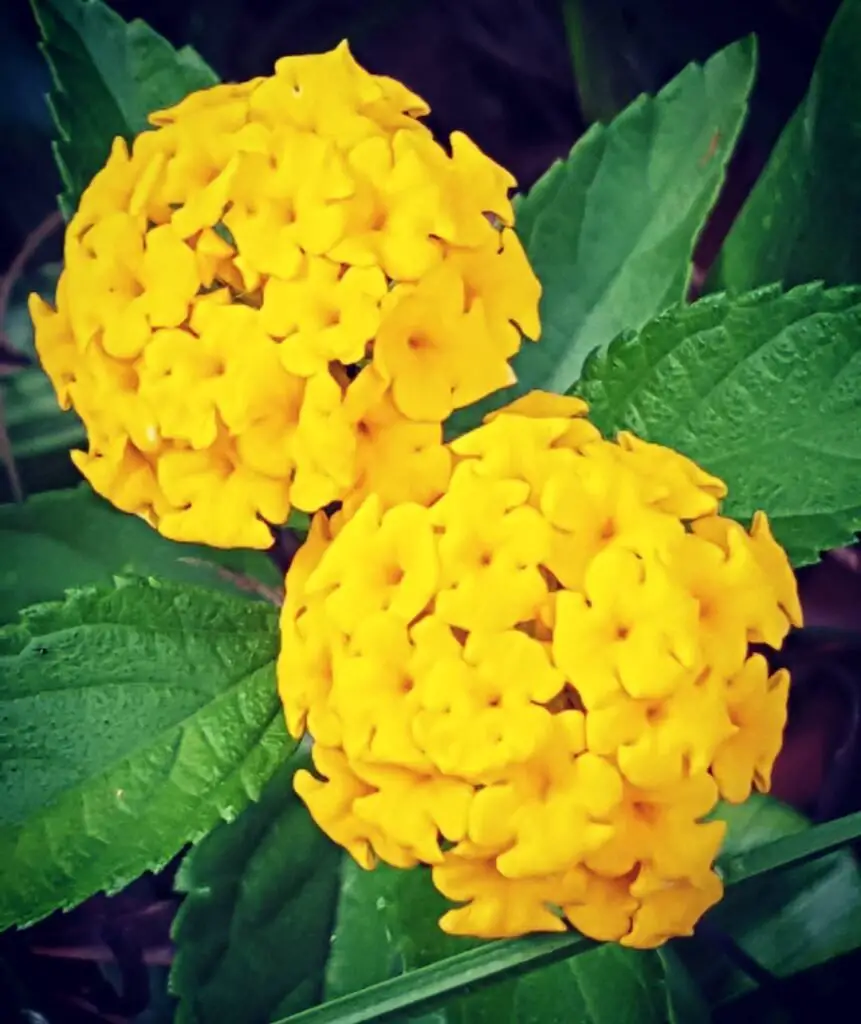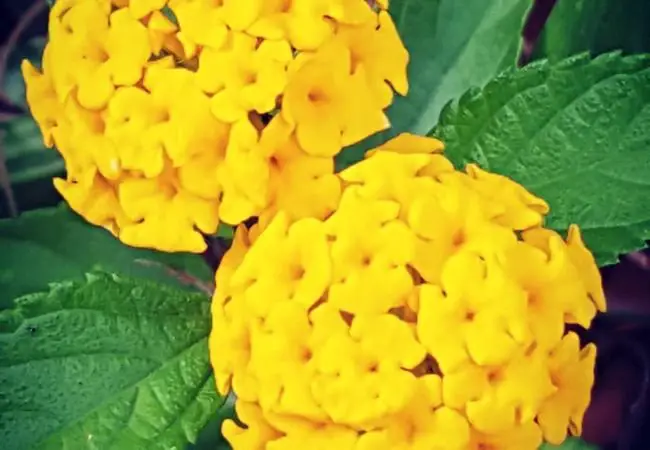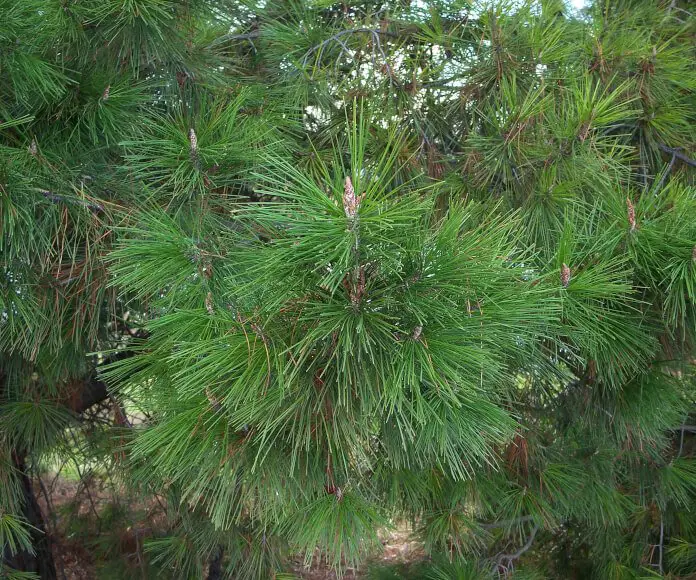Discover how to grow and maintain yellow lantana, a drought-tolerant, butterfly-attracting perennial. Learn expert tips on planting, pruning and pest control for a stunning garden display.
Yellow lantana is a hardy, sun-loving perennial known for its clusters of bright yellow flowers that bloom from spring to fall. It thrives in full sun, requires well-draining soil and is drought-tolerant once established. Yellow lantana attracts butterflies and hummingbirds, making it an excellent choice for pollinator gardens.
Introduction to Yellow Lantana

As a horticulturist with extensive experience in tropical and subtropical plants, I’m excited to share my knowledge about growing and caring for yellow lantana. This vibrant, low-maintenance plant can add a splash of color to any garden and is particularly well-suited for warm climates.
Understanding Yellow Lantana
Yellow lantana (Lantana camara) is a species of flowering plant in the verbena family. It’s known for its clusters of small, tubular flowers and its ability to bloom continuously throughout the growing season.
For more information on lantana species, visit the Missouri Botanical Garden’s Lantana page.
Popular Yellow Lantana Varieties
- ‘New Gold’: Compact variety with golden-yellow flowers
- ‘Sundancer’: Drought-tolerant with bright yellow blooms
- ‘Samantha’: Mounding habit with pale yellow flowers
- ‘Lemon Swirl’: Variegated foliage with yellow flowers
- ‘Butter Cream’: Soft yellow flowers that fade to cream
Planting Yellow Lantana
Timing
Plant yellow lantana in spring after the last frost date in your area. In frost-free climates, it can be planted year-round.
Location
Choose a spot with:
- Full sun (at least 6 hours of direct sunlight daily)
- Well-draining soil
- Good air circulation
Soil Preparation
Prepare the soil by:
- Ensuring good drainage
- Adding organic matter if soil is heavy
- Aiming for a slightly acidic to neutral pH (6.0-7.0)
Planting Process
- Dig a hole twice the width of the root ball
- Place the plant at the same depth it was in its container
- Backfill with soil and water thoroughly
- Apply a 2-inch layer of mulch, keeping it away from the stem
Caring for Yellow Lantana
Watering
- Water deeply but infrequently to encourage deep root growth
- Once established, lantana is drought-tolerant
- Avoid overwatering, which can lead to root rot
Fertilizing
- Feed with a balanced, slow-release fertilizer in spring
- Avoid over-fertilizing, which can reduce blooming
- In poor soils, fertilize lightly every 6-8 weeks during the growing season
For more on fertilizing perennials, check out Clemson Cooperative Extension’s guide.
Pruning
- Prune in early spring to remove winter damage and shape the plant
- Deadhead spent flowers to encourage continuous blooming
- Cut back by one-third in midsummer if the plant becomes leggy
Winter Care
- In frost-prone areas, cut back plants to 6-12 inches and mulch heavily
- In tropical climates, lantana can be evergreen and may need regular pruning to control size
Pest and Disease Management
Common issues include:
- Whiteflies: Use insecticidal soap or neem oil
- Lantana lace bugs: Control with horticultural oils
- Powdery mildew: Improve air circulation and avoid overhead watering
For more information on lantana pests, visit the University of Florida’s IFAS Extension page.
Using Yellow Lantana in the Garden
Landscaping Ideas
- Use as a colorful ground cover in sunny areas
- Plant in hanging baskets or containers for patios and balconies
- Create a butterfly garden with other nectar-rich plants
- Use as a low hedge or border plant
Companion Plants
Pair yellow lantana with:
- Purple salvia for color contrast
- Ornamental grasses for texture variation
- Other drought-tolerant plants like lavender or sedums
Propagation
To multiply your yellow lantana:
- Take softwood cuttings in late spring or early summer
- Dip the cut end in rooting hormone
- Plant in a well-draining potting mix
- Keep moist and in bright, indirect light until rooted
For detailed propagation instructions, check out North Carolina State Extension’s propagation guide.
Yellow lantana is a versatile, low-maintenance plant that can bring long-lasting color to your garden. With its drought tolerance and ability to attract pollinators, it’s an excellent choice for environmentally-friendly landscaping. By providing full sun, well-draining soil, and occasional pruning, you can enjoy the cheerful blooms of yellow lantana from spring to fall. Happy gardening!
For more comprehensive information on lantana care, visit the Texas A&M AgriLife Extension.
For more gardening tips and plant care guides, visit usagardenhub.com.






One comment on “Yellow Lantana : A Vibrant Guide to Growing and Caring for This Sun-Loving Perennial (2024)”